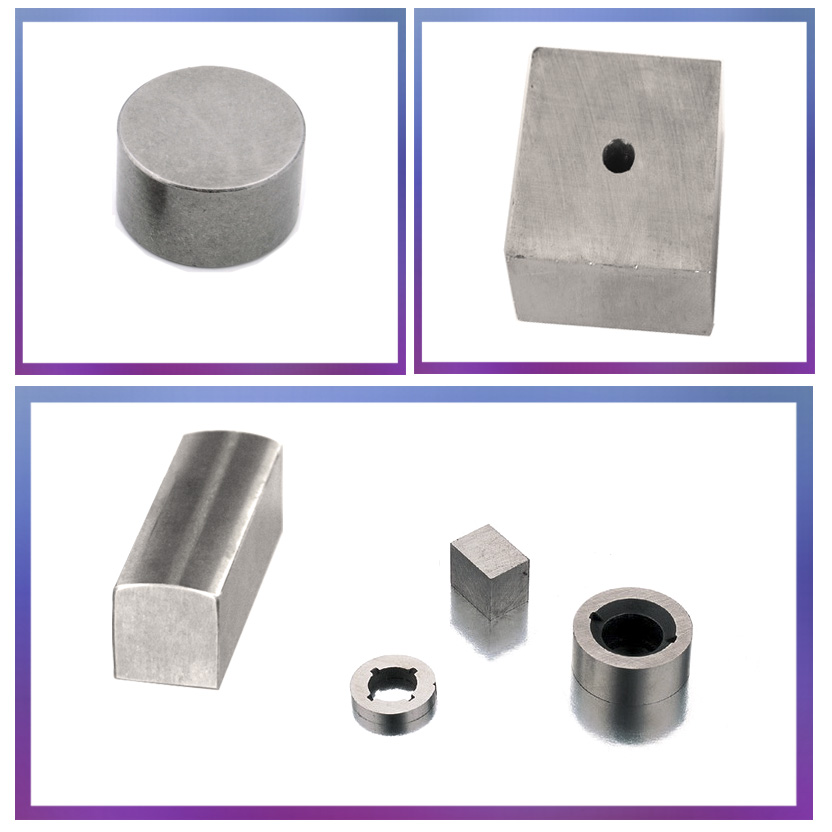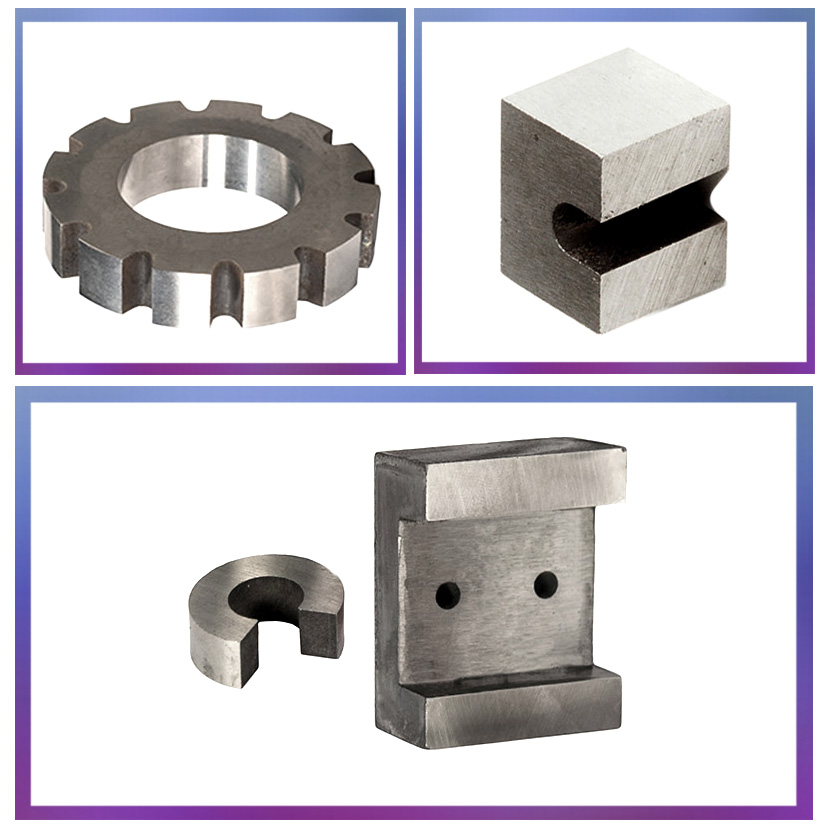When the corn grows to the middle and late stages, there will be pests such as sheath blight, ear rot and borer and aphids, and the control measures must keep up.
Sheath blight
   Sheath blight is mainly caused by the sheath, ear and stem of corn.
   Chemical control: In the early stage of the disease, use 5% Jinggangmycin 100-150 ml per acre , 50-60 kg water , and spray evenly on the affected area. In the corn big bell period, 200 grams of 5% Jinggangmycin soluble powder per acre , mixed with 20-25 kg of sterile fine soil, applied to the corn flare, this method has high control effect, low cost and effective effect. Long period, simple and easy. Jinggangmeisu toxic soil using 1-time pinch applied to the leaf, not only can control sheath blight, but also to rid of the corn ear rot.
Ear rot
   Corn ear rot mainly occurs on the ear and grain, and the top or middle of the damaged ear is discolored, and there are pink, blue-green, dark gray or dark brown, yellow-brown mold layers.
   Chemical control: 50% carbendazim WP or 50% thiophanate-methyl WP 1000 times spray at the heading stage . Focus on the lower stem and ear spray, spray every seven days and then one time.
Corn leaf disease
   Corn leaf spot disease mainly affects leaves, and sometimes infects leaf sheaths and eucalyptus leaves. In addition to the above-mentioned parts, small spot disease can also damage the ears. These two diseases are collectively referred to as corn leaf spot.
   Chemical control: carbendazim with 50% or 50% or 70% tuzet spray thiophanate 500 times, at intervals of 5-7 days, spray, even spray 2-3 times, can effectively control the disease development.
Corn borer
   Corn borer, also known as borer, larvae into the main stem or ear of corn, causing the main stem of the corn to break, resulting in insufficient nutrient supply of corn, poor pollination, resulting in reduced yield and quality of corn.
   Chemical control :( 1) 20% triazophos mu 75-100 ml, was applied post-mixed into a toxic soil leaf; triazophos further with 500 to 800 times spray. (2) mu cartap 50% WP 100-150 g mixed with fine sand 8-10 kg administered into the heart leaves, or 100 grams of diluted 1000 times or spray irrigation heart cartap, or 90% of the enemy Hundreds of 1500-2000 times liquid, or 80% dichlorvos EC 2500-3000 times liquid, 10-15 ml per plant . (3) with 20% tebufenozide 1300-2300 times spray, insecticidal efficient and pollution-free. (4) using pyrethroid insecticides such as 20% fenpropathrin 1000-2000 times solution, 2.5% lambda-cyhalothrin or deltamethrin 2000-4000 times solution, 40% fenvalerate 4000 Double liquid or spray, or spray with 20% diflubenzuron 1000-2000 times.
aphid
   Corn aphids are more concentrated in the flag leaves and sheaths at the booting stage of the corn. The damaged plants are weak, poorly developed, and the yield is reduced. The peak period of corn aphid is at the booting stage of corn, and it is difficult to control the spraying.
   Chemical control: When the average amount of corn per 10 plants is more than 500 , the drug should be controlled. Optional agents Imidacloprid 10% WP 1000 times, or 20% Comfort plurality rich solvent 8000 may be times, or 70% aqueous dispersant 20000-25000 Lok Eimeria fold solution, 0.36% matrine agent plants 500 times liquid, or 10% beta-cypermethrin EC 2000 times liquid and other agents are sprayed.
Red spider
Corn red spiders enter the upper seedling stage in mid-to-late June , and July and August are the peaks of the disease. They first occur in the corn field, and the suitable climatic conditions will spread rapidly throughout the field.
   Chemical control: 0.25% Avicel EC 2500 times solution, 15% broom net 3000 times solution, 20% sweeping cream 2000 times solution, 1.8% set qi worm emulsifiable concentrate 3000 times solution, etc. Leaves; at the same time, you can also use 1-1.5 kg of phorate or methoxyphosphoric acid per acre to mix the appropriate amount of fine sand and evenly spread between the corn rows.
Source: Shanxi Peasant Newspaper Yue Xudong Xiao Dinghuai
Alnico is an alloy of Aluminium, Nickel and Cobalt.It also contains Iron , Copper ,Titanium, Different metal
component constitution will form different magnet properties, application will also change accordingly.
Alnico is produced by sintered or casted technique,Its`surfaces may need machining,or to be ground for a smoother surface finish and looks brightly metallic looking. Casting means can producing AlNiCo forvariety sizes and shapes, Sintered Alnico is subsize and have very tiny tolorance but machanical performance is not good.
The most commonly used Alnico is Alnico5. There are 4 sort of cast Alnico5 plus a singlesort of sintered Alnico5 (sintered Alnico and cast Alnico have slightly different magnetic and mechanical performance). Among the permanent magnetic materials, AlNiCo have the best reversible temperature coefficient, the highest working temperature up to 500 ℃,it has the
hardest and toughest strongness.Most ALNICO Magnet grades are anisotropic (axial / vertical direction add magnetization).The others are isotropic(horizontal direction magnetized and usually have many poles on one magnet) they are weaker on magnetism but offer more options on design and properties.


ALNICO Magnet
ALNICO Magnet,Cast ALNICO Magnet,ALNICO 8 Magnet,ALNICO 5 Magnet
NINGBO SHINE MAGENETIC TECHNOLOGY CO.,LTD , http://www.shinemagnets.com
